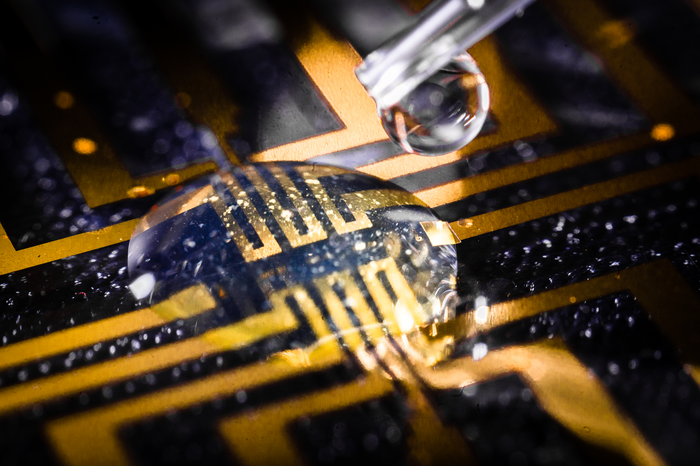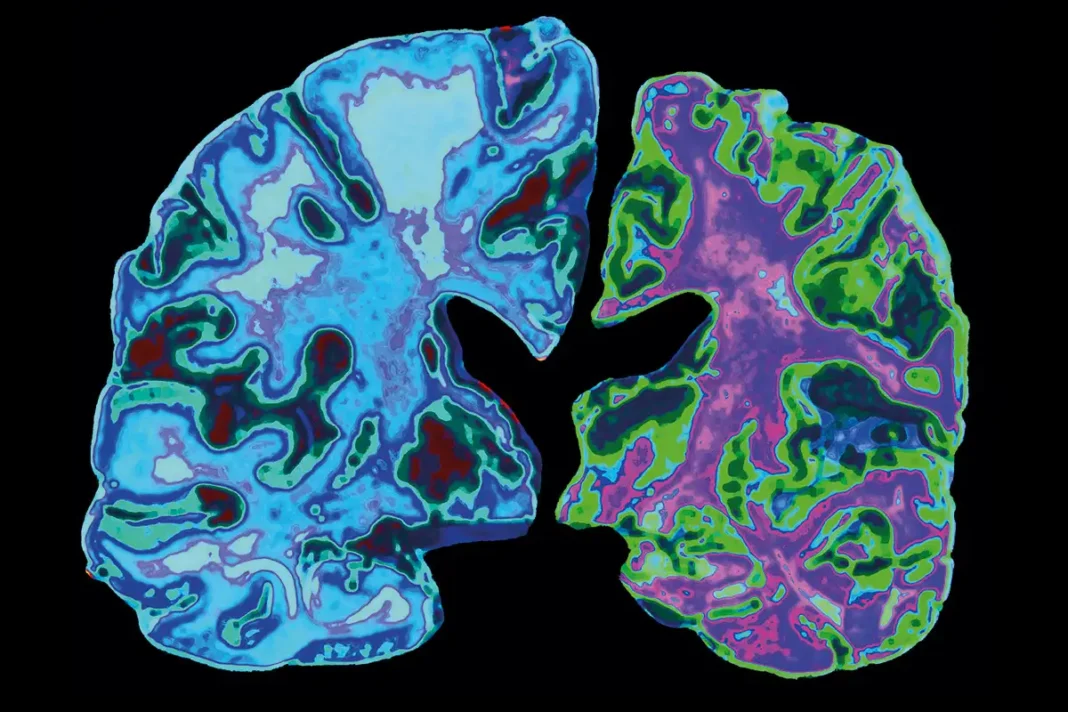Imagine being able to grow electrodes within living tissue, using the body’s own molecules as triggers. This may sound like something out of a science fiction novel, but researchers at Linköping, Lund, and Gothenburg universities in Sweden are making this a reality – and they just published their breakthrough findings in the journal Science. By successfully growing electrodes in living tissue, these researchers are paving the way for fully integrated electronic circuits in living organisms that could one day revolutionize treatments for neurological disorders.
This is made possible by “biomimetic” electronics – an emerging technology that seeks to mimic biological systems with synthetic materials and processes. The Swedish research team developed an enzyme-based growth medium that turns a thin layer of gold into nanowire structures when placed into contact with brain cells. The growth medium attaches to the nanowires and triggers their development; once fully grown, the nanowires can detect electrical signals from neurons and stimulate them if necessary.

Thor Balkhed
Not only does this technique make it easier to integrate electronic circuitry into living tissue, but it also creates better connections between the electrode material and cells than traditional methods can achieve on their own. This improved connection means greater reliability when recording or stimulating neurons – an important factor when trying to diagnose or treat neurological conditions such as Parkinson’s disease or depression.
The potential applications of this technology are far-reaching. From improving existing treatments for neurological disorders to developing new therapies that can target specific neural pathways or networks, biomimetic electronics could be revolutionary for neuroscience patients who need precise control over their treatment regimens. In addition, this technology could open up new possibilities for prosthetics and assistive devices that interact directly with nerve signals from the body.
Biomimetic electronics has already shown great promise in its ability to create fully integrated electronic circuits within living organisms – something scientists have been striving towards for years. With this new discovery, we could soon see improvements in treatments for neurological disorders as well as more responsive prosthetic devices and assistive robotics that utilize direct nerve control from the body’s own molecules. It’s an exciting time for neuroscience research!










